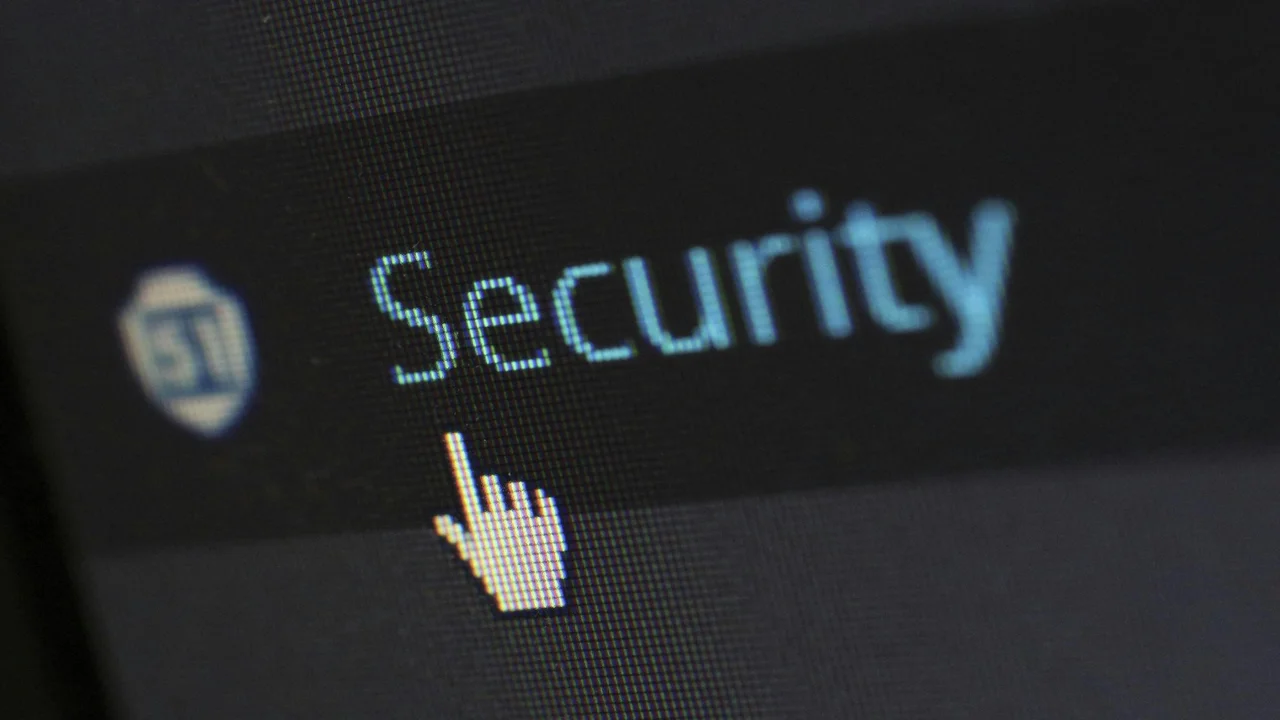Cyber threats are becoming more advanced, and businesses everywhere are facing an uphill battle trying to protect their data and systems from increasingly sophisticated hackers. It’s no longer enough to simply react to threats after they happen—companies must adopt a proactive approach to cybersecurity. This is wherecyber threat intelligence (CTI) comes in.
In this article, we’ll dive into what cyber threat intelligence is, how it works, and the steps you can take to use it effectively to protect your organization from cyberattacks.
1. What is Cyber Threat Intelligence?
Cyber threat intelligence, or CTI, is the process of collecting, analyzing, and using data related to potential cyber threats. The main goal of CTI is to provide organizations with actionable information they can use to defend against attacks before they occur. Unlike traditional cybersecurity measures that focus on responding to incidents, CTI is all about being proactive—staying ahead of the threats instead of reacting to them.
CTI can take many forms, but generally, it’s divided into four categories:
- Strategic Threat Intelligence
- Tactical Threat Intelligence
- Operational Threat Intelligence
- Technical Threat Intelligence
CTI allows businesses to take control of their security posture rather than just hoping for the best. It provides the data and insights needed to predict where attacks might come from and how best to prepare for them.
2. How Cyber Threat Intelligence Helps Organizations Stay Proactive
One of the primary benefits of CTI is that it allows businesses to be proactive, not just reactive. In today’s cyber landscape, waiting until an attack happens is no longer a viable option. CTI enables organizations to assess their vulnerabilities in advance and address them before hackers have a chance to exploit them.
To stay ahead of threats, many professionals seek formal education to master these advanced skills. This is why cybersecurity master’s programs have become a popular route for those looking to deepen their expertise. Many cyber security masters programs online offer the flexibility for working professionals to build these critical skills without disrupting their careers. These programs teach students how to use threat intelligence to detect and counteract cyber threats in real time.
By staying informed about the latest hacking techniques and trends, organizations can use CTI to predict what types of attacks they might face and put defenses in place to stop them before they occur. This proactive stance is what makes CTI such a powerful tool in today’s ever-changing cybersecurity landscape.
3. Key Tools and Techniques for Effective Threat Intelligence
Having the right tools and techniques in place is essential for making the most out of CTI. Various threat intelligence platforms help businesses collect, analyze, and act on threat data in a timely manner. Here are some key tools and techniques used by cybersecurity experts to implement effective CTI:
- Threat Intelligence Platforms: These platforms provide organizations with a centralized way to collect and analyze threat data. Popular platforms include ThreatConnect, Recorded Future, and Anomali. These tools automate the gathering of data from multiple sources, making it easier to monitor threats in real time.
- Automation: Automation is key to processing the vast amounts of data involved in CTI. Tools that automate the collection and analysis of threat data make it easier to identify and act on threats quickly. Machine learning and AI-driven tools can sift through data and identify patterns faster than humans, making threat detection more efficient.
- Threat Hunting: This technique involves proactively searching through networks to find and address threats that have evaded traditional security systems. Threat hunters use data collected by CTI tools to pinpoint vulnerabilities or hidden threats. Threat hunting is a hands-on, aggressive way of staying ahead of hackers, as it helps find threats that may not be visible through automated systems alone.
- Security Information and Event Management (SIEM): SIEM tools collect and analyze security-related data from multiple sources in real time. They provide an overview of the security environment and flag suspicious activity, helping organizations quickly detect and respond to potential threats.
By integrating these tools and techniques, businesses can turn raw threat data into actionable intelligence, allowing them to stay ahead of emerging threats and safeguard their digital assets more effectively.
4. Collaborating to Stay Ahead of Hackers
No organization can handle the complexity of modern cyber threats alone. Collaboration is a crucial element of effective cyber threat intelligence. By sharing threat data and collaborating with others, businesses can stay ahead of hackers and strengthen their security posture.
- Information Sharing Platforms: Many industries have dedicated platforms for sharing threat intelligence. Information Sharing and Analysis Centers (ISACs) are a prime example. These centers enable organizations within the same sector—such as finance, healthcare, or energy—to share critical threat intelligence. By pooling resources and insights, these organizations can collectively strengthen their defenses and respond faster to threats.
- Building a Cybersecurity Community: Beyond formal sharing platforms, collaboration between cybersecurity professionals, businesses, and government agencies is vital. By creating a community where threat intelligence can be exchanged freely, everyone benefits. Hackers often share information among themselves, so it’s critical that the defenders do the same. Security conferences, workshops, and online forums also serve as valuable places to exchange threat intelligence.
When organizations collaborate and share threat intelligence, they help create a more resilient cybersecurity environment for everyone. Hackers may operate independently or in small groups, but defenders need to work together to outsmart them.
Cyber threat intelligence is an essential tool for staying ahead of hackers in today’s digital landscape. By proactively gathering and analyzing threat data, organizations can protect themselves before attacks occur. CTI helps organizations move beyond a reactive approach to a more strategic, proactive defense, giving them the ability to predict and prevent attacks before they cause damage.
Combining the right tools, techniques, and a collaborative mindset can make a huge difference in how well-prepared businesses are to face modern cyber threats. With the help of CTI, companies can transform their cybersecurity efforts from simple defense to intelligent, proactive protection that helps them stay one step ahead of hackers.

Ruby Stauffer is a prominent technology blogger known for her insightful analysis and in-depth reviews of the latest tech trends and gadgets. Her blog has become a go-to resource for tech enthusiasts seeking reliable information and expert opinions on the ever-evolving world of technology.

